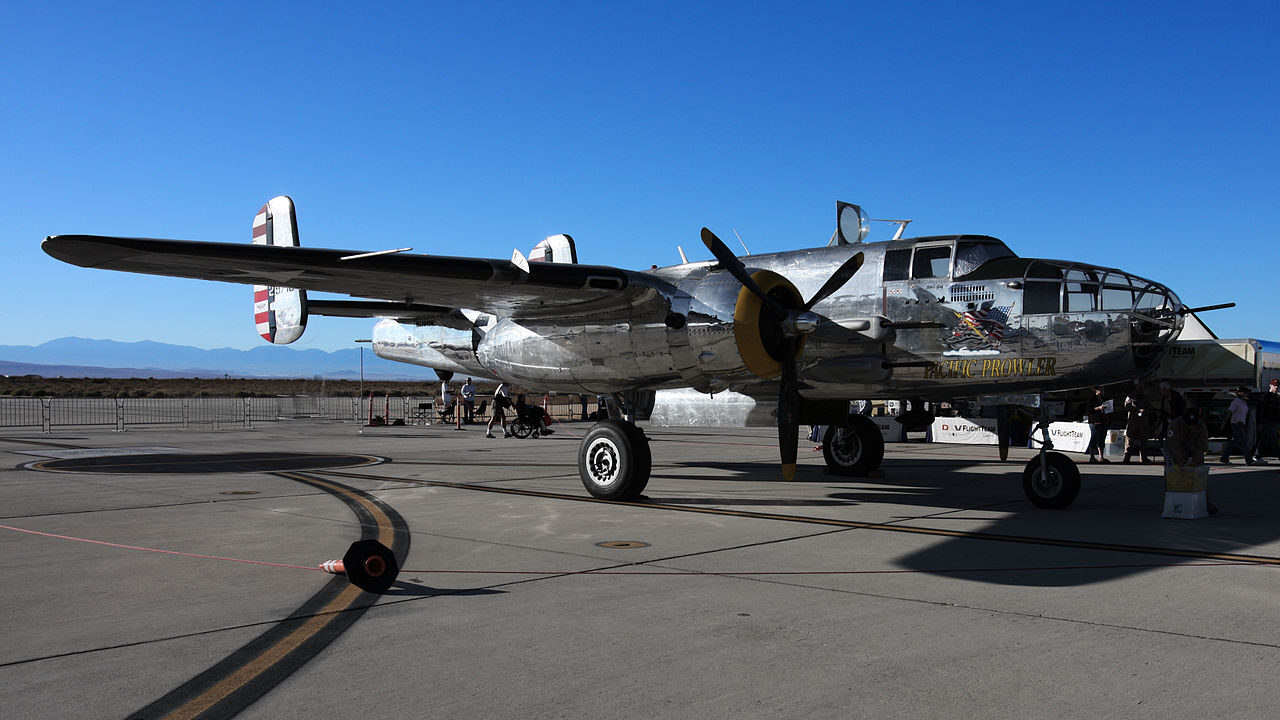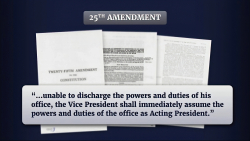
When Did a B-25 Crash into the Empire State Building?
The incident accelerated scrutiny of military and civilian flight paths over major cities, influencing legislation about air traffic control methods and building design for impact resistance.
On July 28, 1945, the Nazis had just surrendered and Japan was on its knees. President Harry S Truman was about to drop the atomic bomb on Hiroshima and Nagasaki.
Stateside, Americans were cautiously optimistic, aware that four years of intensive warfare were ending, but still on a wartime footing, which heightened the drama of an explosion at the Empire State Building in New York City, then the tallest building in the world. However, the explosion was not related to the war or the actions of a nefarious actor. Instead, the blast turned out to be an accident, indeed, one of the most notable in the history of aviation.
What Caused the 1945 Empire State Building Crash?
On the morning of July 28, 1945, a US Army B-25 Mitchell bomber, piloted by Lieutenant Colonel William Franklin Smith Jr., was on a routine personnel transport mission from Bedford Army Air Field to Newark Airport. As the B-25 approached New York City, dense fog settled upon the island, reducing visibility and severely complicating navigation in one of the world’s most populated urban centers.
Air traffic controllers advised Smith to avoid Manhattan and divert instead to LaGuardia, but Lt. Col. Smith insisted on continuing, as planned, to Newark. The B-25 entered the fog, causing the crew to lose their bearings. At approximately 9:40 AM, the B-25 crashed into the north side of the Empire State Building, around the 79th floor. Fortunately, it was a Saturday, meaning there were far fewer workers present in the building. However, the crash was still devastating.
The Empire State Building Crash Had a Devastating Impact
The B-25 exploded on impact, ripping a 20-foot-wide hole in the building, causing parts to scatter everywhere. One of the engines propelled from the aircraft on impact, shooting through the opposite side of the building and crashing onto the roof of a neighboring building, starting a separate fire. Another engine (and part of the landing gear) fell into an elevator shaft. Fires broke out on multiple floors, which, fortunately, the NYFD was able to control within about 40 minutes.
Fourteen people were killed, including three crew members and eleven people inside the building. Had the crash occurred on a weekday, the death toll could have been significantly higher. Miraculously, an elevator operator named Betty Lou Oliver survived a 75-story fall when the crash severed the cables of the elevator she was in. The fall was immortalized in the Guinness World Records for the longest-survived elevator fall.
The damage was mostly confined to the 78th, 79th, and 80th floors. Debris scattered throughout the area, which caused an estimated $1 million in damage ($15 million today). However, despite the damage, the Empire State Building reopened for business just two days after the incident.
The crash inspired discussions about aviation safety over urban areas. Aviation itself was still relatively new in the 1940s, with larger and more powerful aircraft just starting to emerge after decades of humble, light, personal aircraft. And while the B-25 crash was an accident, the incident accelerated scrutiny of military and civilian flight paths over major cities, influencing legislation about air traffic control methods and building design for impact resistance.
The B-25 crash would come to be overshadowed, however, like the Empire State Building itself, by the World Trade Center and its aviation disaster on September 11, 2001.
About the Author: Harrison Kass
Harrison Kass is a Senior Defense and National Security Writer at The National Interest. Kass is an attorney and former political candidate who joined the US Air Force as a pilot trainee before being medically discharged. He focuses on military strategy, aerospace, and global security affairs. He holds a JD from the University of Oregon and a master’s in Global Journalism and International Relations from NYU.
Image Credit: Wikimedia Commons/Rennett Stowe.
The post When Did a B-25 Crash into the Empire State Building? appeared first on The National Interest.


















